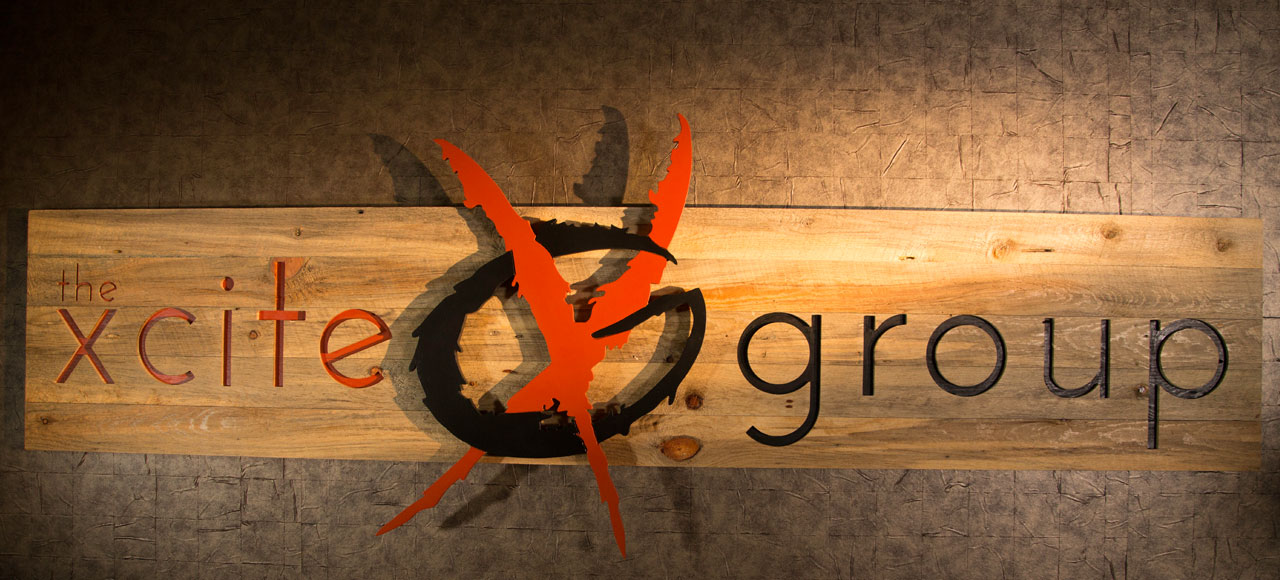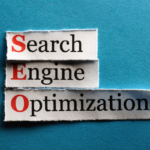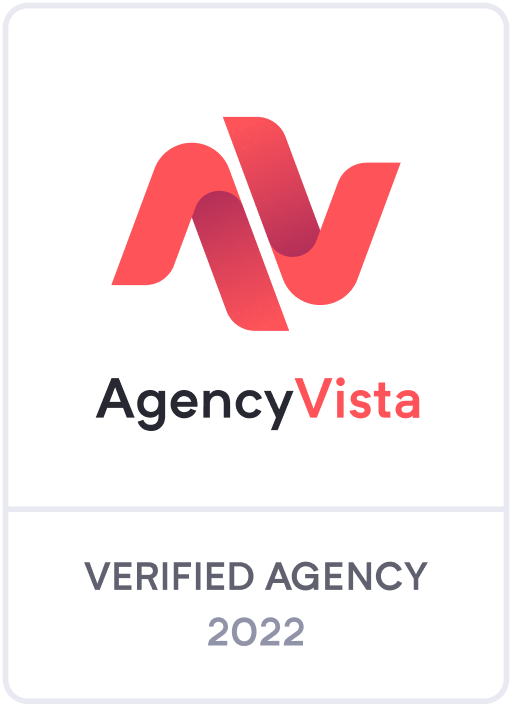***This week’s Xcite Blog is a miniseries discussing Audience Targeting in Facebook. Be sure to refer back to the first 2 parts of the series that were released on Monday and Wednesday!***
Have you ever wondered what makes Facebook Audiences different? Never before have people shared more about themselves than the way they do on Facebook. There are currently 2.8 billion monthly active users on the platform, and of that staggering number, 1.84 billion of those users say they check in at least once a day! Not to mention, two-thirds of them also visit a local business page on a weekly basis. That’s a lot of folks telling you what they like, what they’re interested in, and telling you who they are & what matters to them. Facebook offers two approaches on how you can implement this wealth of information – broad targeting and specific targeting. Broad targeting is casting a wider net and allowing Facebook’s algorithm to find people that are more likely to engage with your brand. Specific targeting gives you more control. You tell Facebook exactly who you want to target and how. So when you ask why Facebook Audiences are so different; it’s because you can leverage information in a way you haven’t been able to in the past.
Let’s see what it looks like when we combine broad and specific targeting to create an intuitive and impactful audience.
Lookalike Audiences
So many people, so little time.
Or resources. Or money.
There are a lot of great things about the audience options that exist within social marketing, but probably one of the most valuable is that it can be incredibly cost-effective because of how you can develop and utilize audiences across your overall marketing strategies.
We’ve spent the last two articles discussing two different ways to create an audience, so let’s look at a very brief recap of the intent behind those first two audience types, shall we?
The fundamental intent of a Core Audience is to learn who your audience is and how to speak to them. The fundamental intent of a Custom Audience is to engage with an audience that has had previous exposure and/or interaction with your brand.
What if we combined these two intents and made one, very powerful audience? Or can we even do that?
Yes, we can …
Let me introduce you to Lookalike Audiences. This audience type helps you reach those who are already aware of your brand, AND it also helps you reach those who are not familiar with your product or service, and potentially turn them into new customers. Facebook uses its abundance of customer data to find commonalities among your existing audiences to groups of people you wouldn’t have previously been able to reach. It’s kind of brilliant!
There are three key components to creating a Lookalike Audience.
- Choose the group of people you want to create a Lookalike from
- You can choose from page followers, website visitors, and/or customer lists. You’ll need at least 100 people in your initial customer set, but Facebook recommends including a larger sample size for a more accurate and efficient Lookalike Audience to be created
- Select your audience size
- This allows you to determine whether or not you want your Lookalike Audience to have a broader stroke across fewer commonalities shared with your current target groups, or if you want to narrow your audience to ensure the Lookalike shares more commonalities with your current target groups
- Target specific demographics
- Gender, age, geographic location
Real-life implementation:
- Reach an audience that shares characteristics of previously successful and familiar audiences
- Message to that audience so as to relate to both the people who know you and the people who may not yet know
- Run social campaigns that implement more direct calls to action – either in direct response objectives or in general branding that gives your potential customers the option to learn more about you
***Note: You can layer different Lookalike Audiences within one; as well as combine them with Custom or Core Audiences – as we mentioned in the previous article – there are a number of different ways to refine and adjust your audience to reach the most relevant and significant groups of people you need in order to achieve your business objectives.
Most people think of social advertising as a disruptive format intended to market to people who have no idea who you are and quite possibly don’t have any interest in learning about you. That’s just not the case. Facebook is designed to create a funnel within the platform that will support and assist in sustaining the success of additional marketing channels.
There are so many tools that lie at our fingertips, and it’s a world that is still fairly new and somewhat underused. But once you define your business objectives, developing strategies and applying audiences within those strategies will make a lot more sense.
***With the upcoming changes to cookies & privacy policies, please be aware that Lookalike Audiences will be impacted by a shift from implementing the Facebook Pixel to a Conversion API measure.





 8055 E Tufts Ave Ste 240
8055 E Tufts Ave Ste 240




